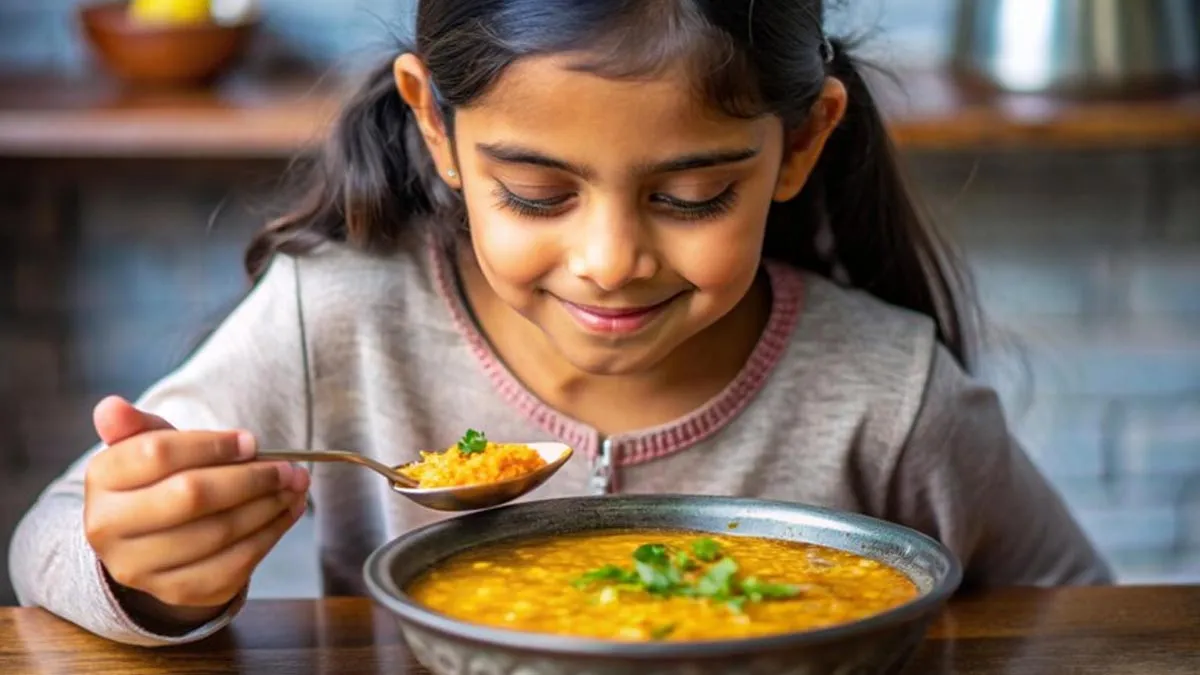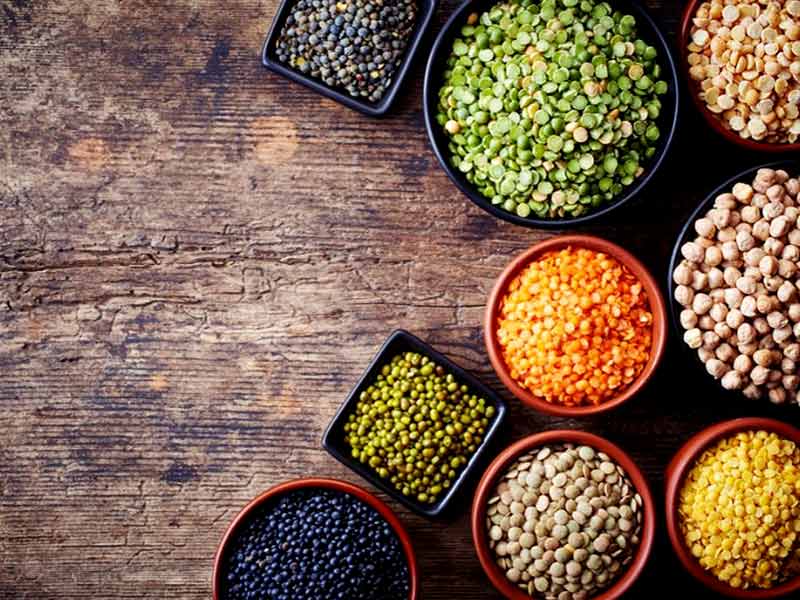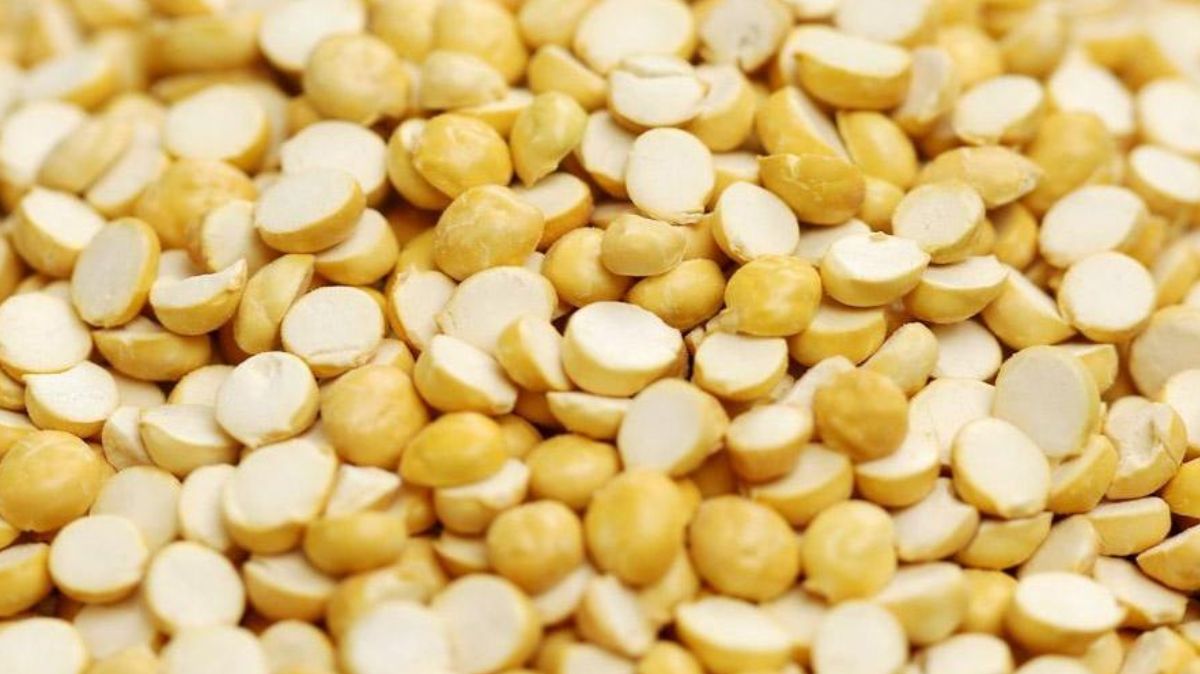
For hundreds of years, dal, or lentils and pulses, has been an Indian staple, revered for its deliciousness, price, and comforting flavour. We are sure that at least once in your life your mother has told you that Dal is the best vegetarian source of protein. But, is dal really a good source of protein, particularly in comparison to animal protein sources?
Table of Content:-
In an exclusive interaction with the editorial team of Onlymyhealth, we asked our expert, Pooja Singh, Dietician at ShardaCare, Health City - Nodia, the same and she explained to us the nutritional science behind it to learn the reality about this popular legume. Here is what she shared with us.
“Fundamentally, protein is needed for nearly all body functions. It is the muscle builder, enzyme, hormone, repairer, and grower. Dal in all its forms like toor, moong, masoor, chana, urad, and so on is known to unequivocally have protein. “On average, 100 grams of cooked dal will yield anywhere from 7-9 grams of protein, depending on the variety,” Pooja highlighted.
“Compared to cereals like rice or wheat, dal is indeed a superior source of protein. This makes it a vital component of a balanced vegetarian or vegan diet, where obtaining adequate protein can sometimes be a challenge,” she added.
Also Read: What Is EMDR Therapy And How Does It Help Patients?

Is Dal Truly A Complete Protein Source?
This is where the topic tends to get complicated. Proteins consist of little units known as amino acids. There are 20 amino acids, and nine of them are essential in that our bodies can't produce them and we have to get them from the food we eat.
Animal proteins (meat, poultry, fish, eggs, dairy) tend to be ‘complete proteins’ since they have all nine of the essential amino acids in adequate amounts. Plant proteins, such as dal, tend to be ‘incomplete proteins’ since they can lack or be low in one or more of the essential amino acids. Pooja pointed out that in most dals, the limiting amino acid is usually methionine.
How To Get Most Protein Through Dal?
Does this indicate dal is not a very good protein source? Not at all! The best thing about plant protein is the idea of complementary proteins. By mixing various plant foods, you can make sure that you're consuming all the indispensable amino acids over the course of a day.
This is where traditional Indian food really excels. The ancient practice of serving dal alongside rice, roti (flatbreads), or other grains is not simply for flavour but rather it's a genius nutritional plan. Grains such as rice are often high in methionine but possibly lower in lysine (which is supplemented with dal in good quantities). Consumed together, dal and rice create a complete protein profile that contains all the required amino acids your body requires.

Health Benefits of Consuming Dal
Though protein stands out, there are many other healthy benefits offered by dal that make it an essential dietary component. Here is what our expert noted:
1. High in Fibre
Dal is rich in dietary fiber, which supports digestion, a healthy gut, stabilizes blood sugar levels, and helps with satiety, hence aiding weight control.
2. Rich in Micronutrients
It is full of vitamins and minerals that are vital for the body, such as iron, folate, potassium, magnesium, and zinc.
3. Low Glycemic Index
Most dals have a low glycemic index, which causes a slower and more consistent increase in blood sugar, good for diabetes control and long-term energy.
4. Heart-Healthy
The fibre, potassium, and other phytonutrients in dal help in cardiovascular health by reducing cholesterol and blood pressure.
Bottomline
So, is dal such a great source of protein? And the answer is a definite YES! Though it is not a ‘complete protein’ when considered alone, its potential to combine with other plant foods makes it an extremely useful and very nutritious source of protein for all, especially vegetarians and vegans. So, combine Dal with grains, try out different recipes, and reap the many health rewards this unassuming but powerful pulse can give.
Also watch this video
How we keep this article up to date:
We work with experts and keep a close eye on the latest in health and wellness. Whenever there is a new research or helpful information, we update our articles with accurate and useful advice.
Current Version